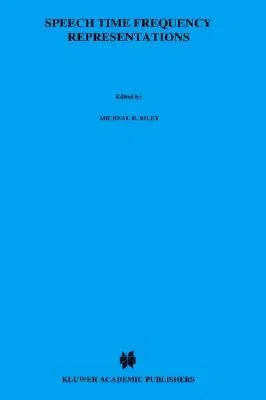Michael D Riley
(Author)Speech Time-Frequency Representations (1989)Hardcover - 1989, 31 January 1989

Qty
1
Turbo
Ships in 2 - 3 days
In Stock
Free Delivery
Cash on Delivery
15 Days
Free Returns
Secure Checkout

Part of Series
The Springer International Engineering and Computer Science
Part of Series
Kluwer International Series in Engineering & Computer Science
Part of Series
International Series in Engineering and Computer Science
Part of Series
VLSI, Computer Architecture and Digital Signal Processing
Part of Series
Springer International Series in Engineering and Computer Sc
Print Length
160 pages
Language
English
Publisher
Springer
Date Published
31 Jan 1989
ISBN-10
089838298X
ISBN-13
9780898382983
Description
Product Details
Author:
Book Edition:
1989
Book Format:
Hardcover
Country of Origin:
US
Date Published:
31 January 1989
Dimensions:
24.23 x
16.41 x
1.73 cm
ISBN-10:
089838298X
ISBN-13:
9780898382983
Language:
English
Location:
New York, NY
Pages:
160
Publisher:
Series:
Weight:
449.06 gm